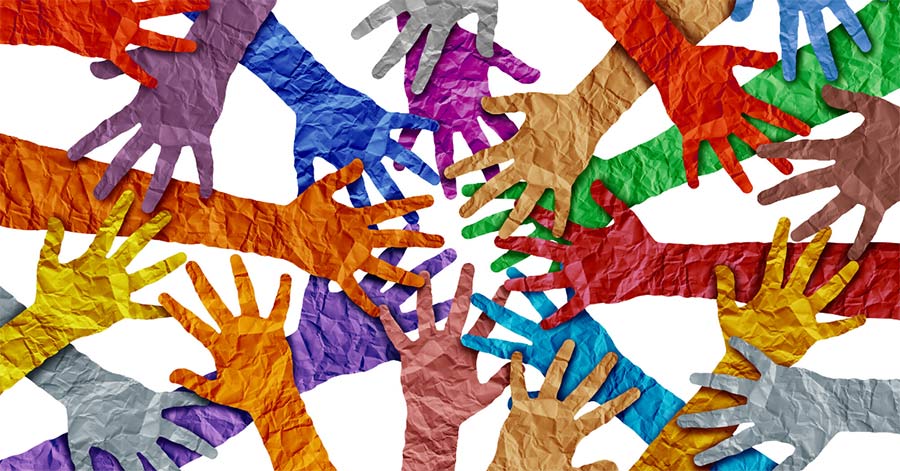Recent events are sparking questions from children. Having conversations about race and diversity is the first step in shaping your child’s feelings around race for years to come.
Children as young as infants can recognize differences in their appearances. As they explore the world around them, they begin to form their identity in relation to others. It is never too early to start having conversations that address the differences they see. Here are four ways you and your family can introduce race conversations to your child:
A Proud Self-Image
Teach your child to be prideful of who they are. Talk about your family heritage, background, or where identifying features in your family come from.
Acknowledge and Accept Differences
Recognize differences in skin tone, appearance, and features, emphasizing that these are valuable and make us unique. Watch for statements that link race with value judgements. Acknowledge observations and listen for value judgements your child might unknowingly place on those differences.
Identify Fairness and Injustice
Point out fairness and injustice when it occurs. Children naturally distinguish between what is fair and what is not as they process who has more and who has less, and why that might be.
Building Advocates
Teach your child to recognize when someone is being treated unfairly, and how to advocate for that person through compassion and empathy. Encourage your child to stand up for others, and to recognize the harm of prejudicial ideas. Ask them who benefits and who loses from racist comments.
Introducing diversity to different aspects of your family’s routine can help spark conversations about race and inclusion. Update your child’s library to include books with more diverse characters, watch more culturally diverse movies with your child, and introduce your child to people that look differently from them. Remember, you don’t have to have all the right answers to your child’s questions about race and diversity. What is important though, is that you create a space in which they feel comfortable asking.

